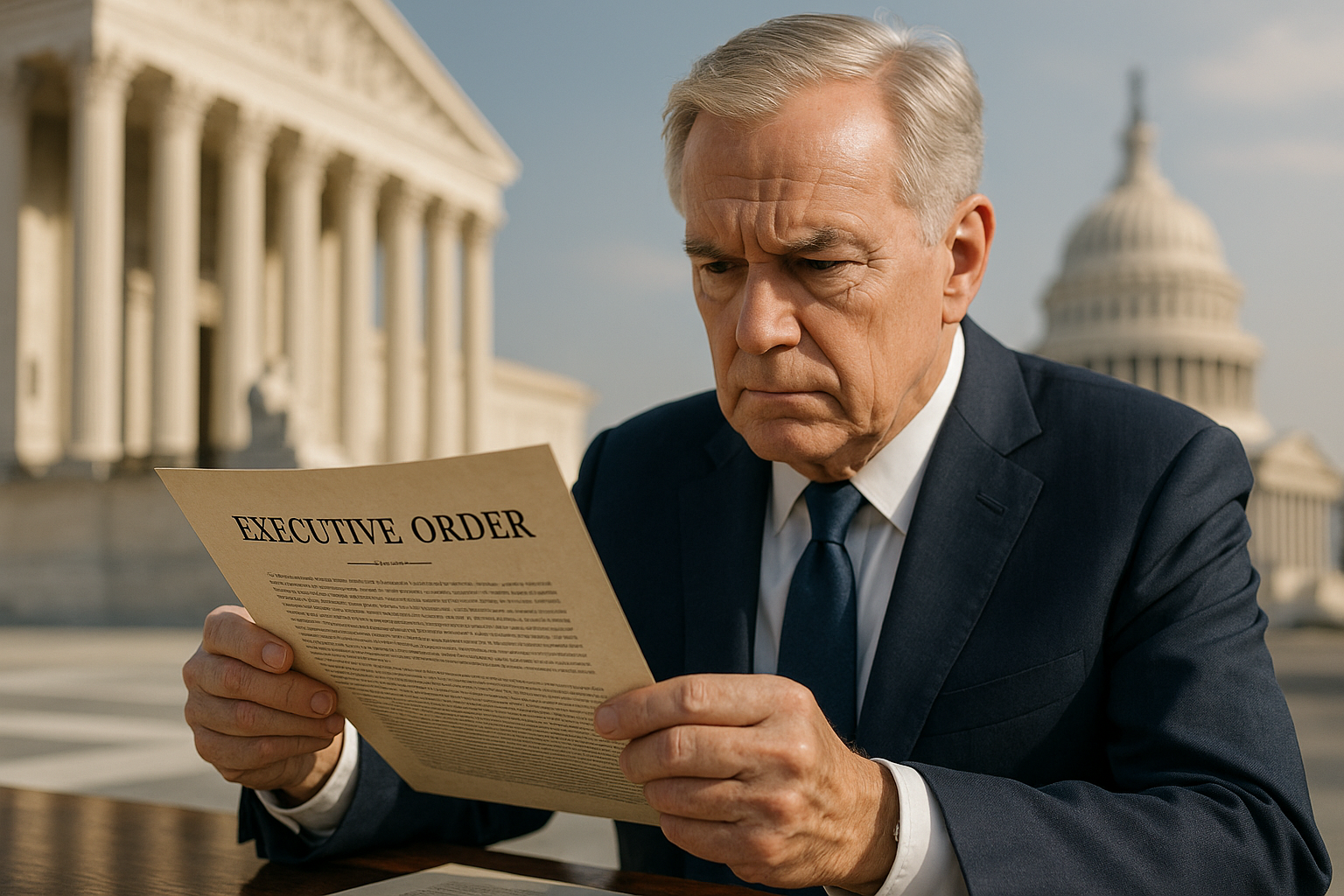Scrutinizing the Role of Executive Orders in U.S. Legal Landscape
The United States' legal and political fabric is a vast, complex tapestry woven over centuries, with each thread representing a distinct element of law and government. One such thread, often overlooked but increasingly central to current discussions, is the use of executive orders by the U.S. President. This article will delve into the historical context, current developments, and societal implications of executive orders.

A Historical Overview of Executive Orders
Executive orders have been a feature of the U.S. government since its founding, with the first one issued by George Washington in 1789. They have long been a tool for Presidents to act decisively and swiftly, often in times of crisis or when Congress is divided. Over time, the use of executive orders has fluctuated, with some Presidents relying on them heavily and others sparingly.
The Legal Framework Surrounding Executive Orders
The Constitution does not explicitly mention executive orders. However, Article Two, which outlines the executive branch’s powers, has been interpreted as providing the legal basis for them. The Supreme Court has upheld the validity of executive orders, most notably in the 1952 case Youngstown Sheet & Tube Co. v. Sawyer, but it has also limited their scope, asserting that they cannot be used to create new law or contravene existing legislation.
Recent Developments and Legislative Changes
The use of executive orders has seen a significant uptick in recent years, reflecting the polarized nature of modern U.S. politics. This increase has sparked debates about the extent of presidential power and the balance between the executive and legislative branches. In response, some lawmakers have proposed bills to limit the President’s ability to issue executive orders, although these efforts have so far been unsuccessful.
The Societal Impact of Executive Orders
Executive orders can have far-reaching impacts on society. They have been used to enact major policy changes, such as the desegregation of the armed forces and the creation of the Environmental Protection Agency. However, they can also be controversial and lead to legal challenges, as seen with recent orders on immigration and healthcare.
Future Implications and Concluding Thoughts
The debate over the use of executive orders is likely to continue, reflecting broader discussions about the balance of power in the U.S. government. As these debates unfold, it is crucial for citizens to understand the role of executive orders and their potential impacts on society. As with any legal and governmental tool, their use will inevitably evolve in response to changing circumstances and societal needs, highlighting the dynamic nature of the U.S. legal landscape.






